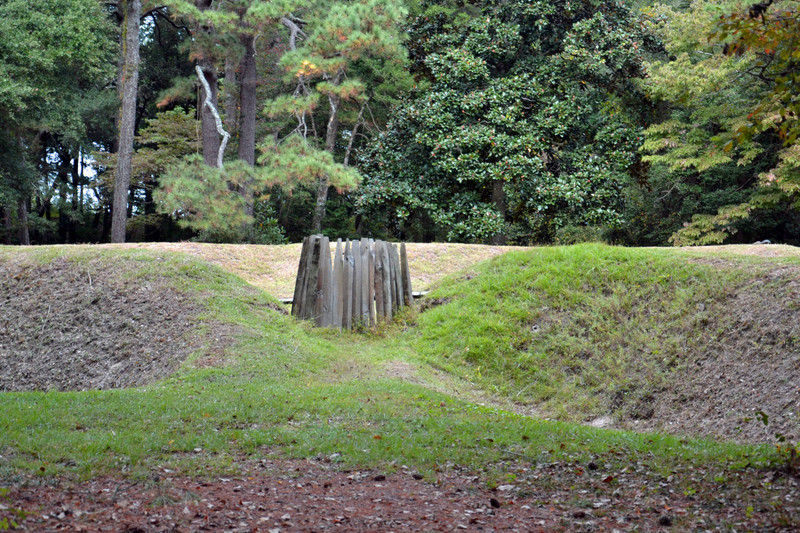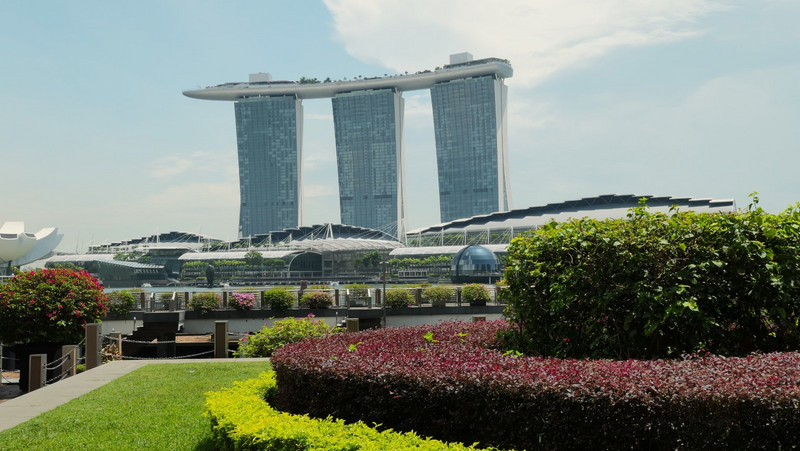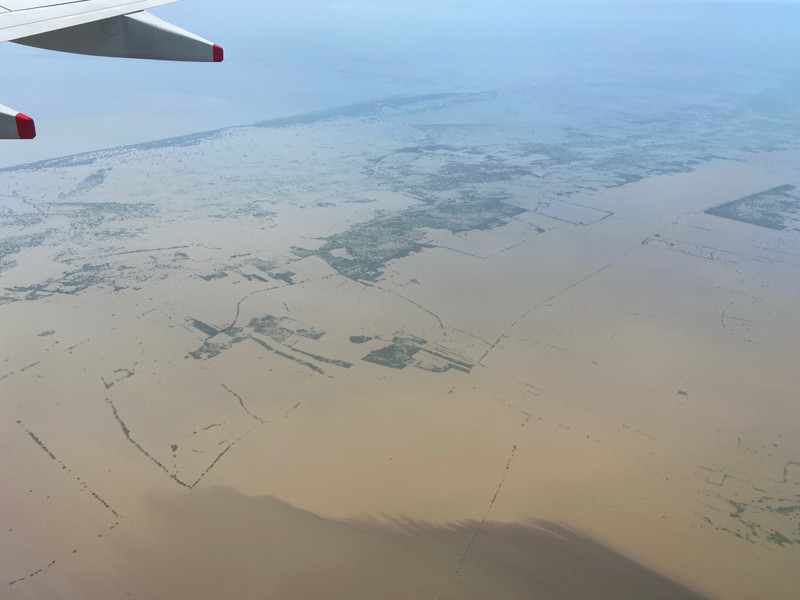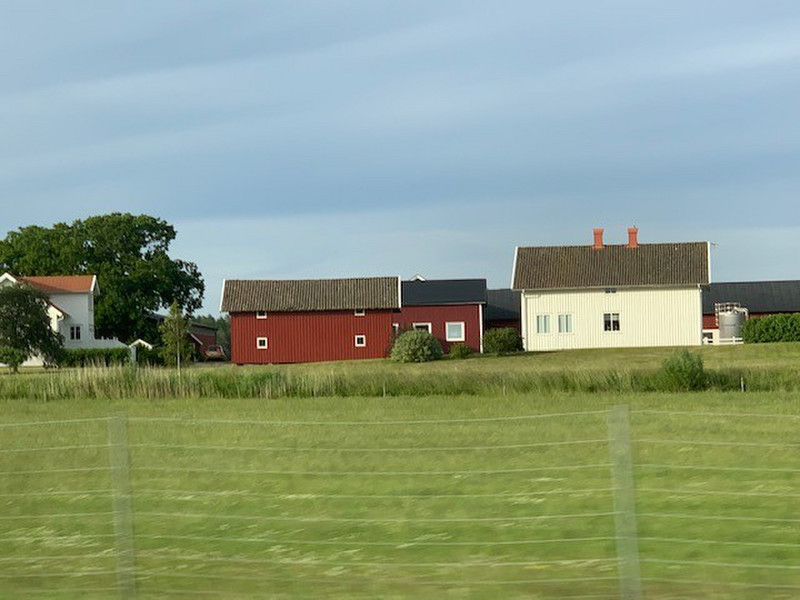Reconstructed earthworks representing the redoubt of 1585. National Register of Historic Places 66000102. DSC_0302p1
The Fort Raleigh National Historic Site is on the northern end of Roanoke Island, not far from the town of Manteo. It is considered to be the location of an earthwork redoubt associated with the English expeditions sponsored by Sir Walter Raleigh in Archaeological work concluded a defensive earth fort was probably constructed during the 1585 expedition. It was reconstructed by the National Park Service in 1950. Near the fort there is evidence of a site where metallurgical work took place. The location of the main colony of 1587, known as the Roanoke Colony, the famous Lost Colony, has not been found, but evidence is strong that it was in this area.
We toured the Visitor Center first. One exhibit displays a room with 16th century English paneling, evoking a space where Sir Water Raleigh might have planned the explorations he sponsored. Other exhibits provide a timeline of the Roanoke Island editions and contract English and Carolina Algonquian peoples hey encountered. Thomas Hariot and John White of the 1585 expedition recorded observations about the Algonquian culture, hunting methods, food, settlements and religious beliefs.
Raleigh Colony/Virginia Dare Monument. Installed in 1896. National Register of Historic Places 66000102. IMG_4268
since the 18th century as the location of Raleighs attempted colonies. By the 19th century, the location was part of a farm owned by the Dough family. A marker was placed at the site in 1896 the 300th anniversary of the Raleigh expeditions. The site became part of the National Park Service in 1939.
During the Civil War, Union forces captured Roanoke Island and the Outer Banks in February 1862. Enslaved people on the island were emancipated. Others sought refuge on the island in such numbers that a formal Freedmens Colony was established in 1863. Provision for the residents was not made after the end of the Civil War and the Freedmens Colony disappeared after 1867. The First Light of Freedom memorial, a part of the Underground network, recognizes the Freedmens Colony.









